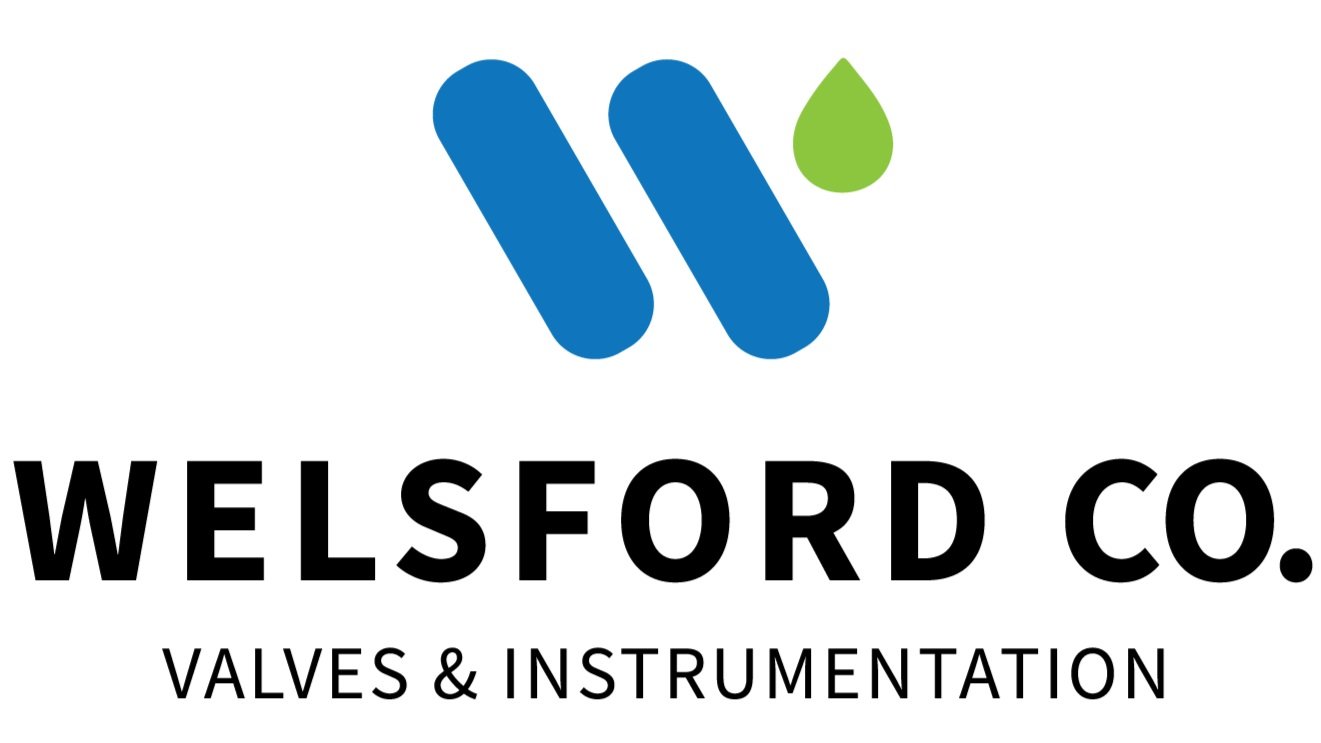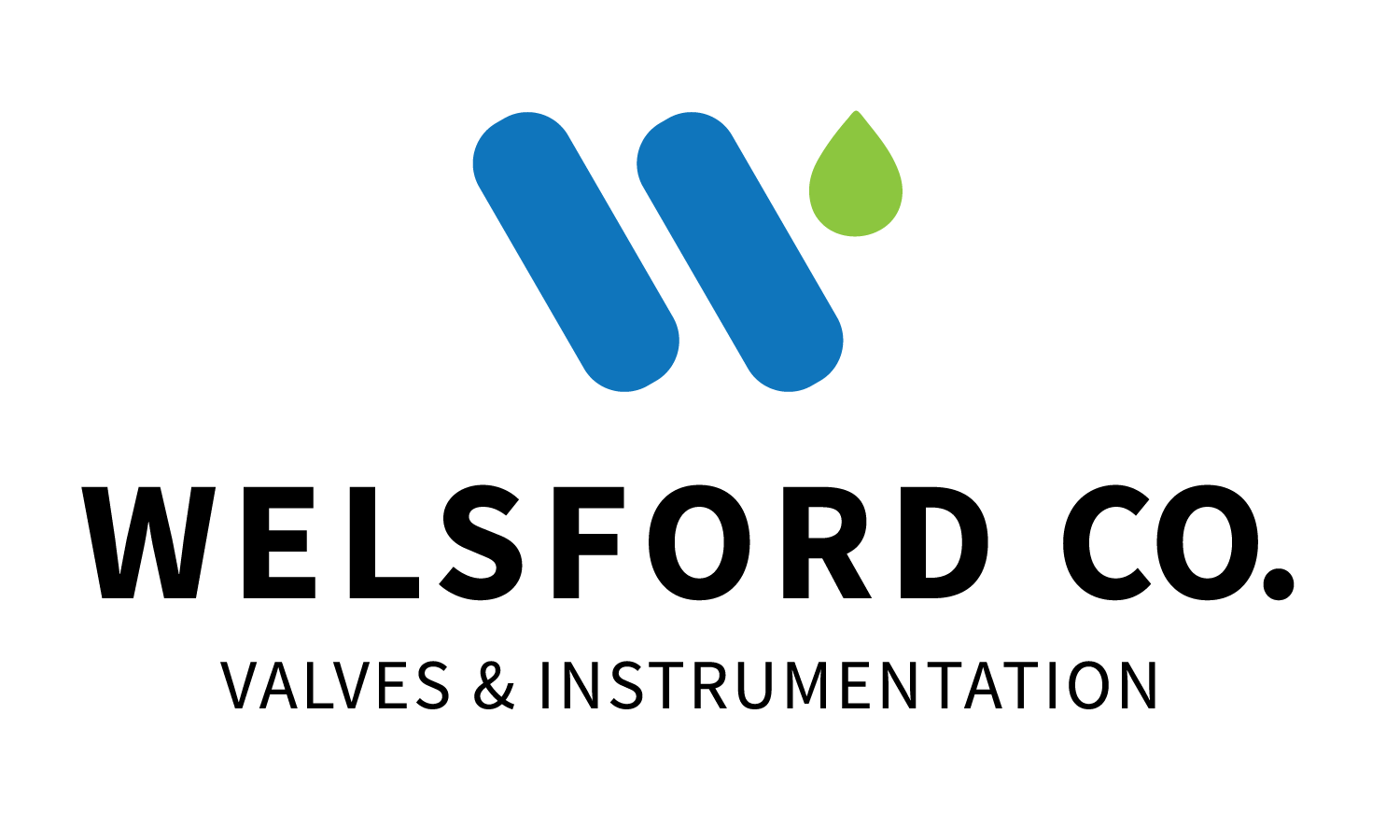Knowlege is the base of our business and we love to share that knowledge with as many people as possible
Browse our published articles and blog posts we have written below
10 Reasons Why You Shouldn’t Always Choose a Cheaper Valve
Engineers often make decisions based on the cost of acquiring and maintaining valves, with utilities and companies considering the purchase of cheaper valves as a cost-saving measure when working on complex projects requiring diverse valve designs and sizes. But by purchasing cheaper valves, engineers sometimes trade off desirable physical qualities and performance capabilities of these flow-control devices.
What is the cracking pressure of a check valve?
Check valves, regardless of the individual design, serve the specific purpose of permitting the flow of the service medium in one direction while intentionally preventing, or at least limiting, the flow of said medium in the reverse direction. Whether an inline check valve, wafer check valve, swing check valve or lift check valve, each version will necessarily have a dynamic element, whether disc, door, flapper, or ball, whose movement directly corresponds to the opening or closing of the subject flow path.
What Check Valve Should I Use for my Application?
From industrial gas lines to household appliances, from wastewater treatment to pharmaceutical processing, from fuel pumps to air compressors, the functionality of check valves remains diverse, running the gamut through a myriad of liquid, gas, and slurry applications.





